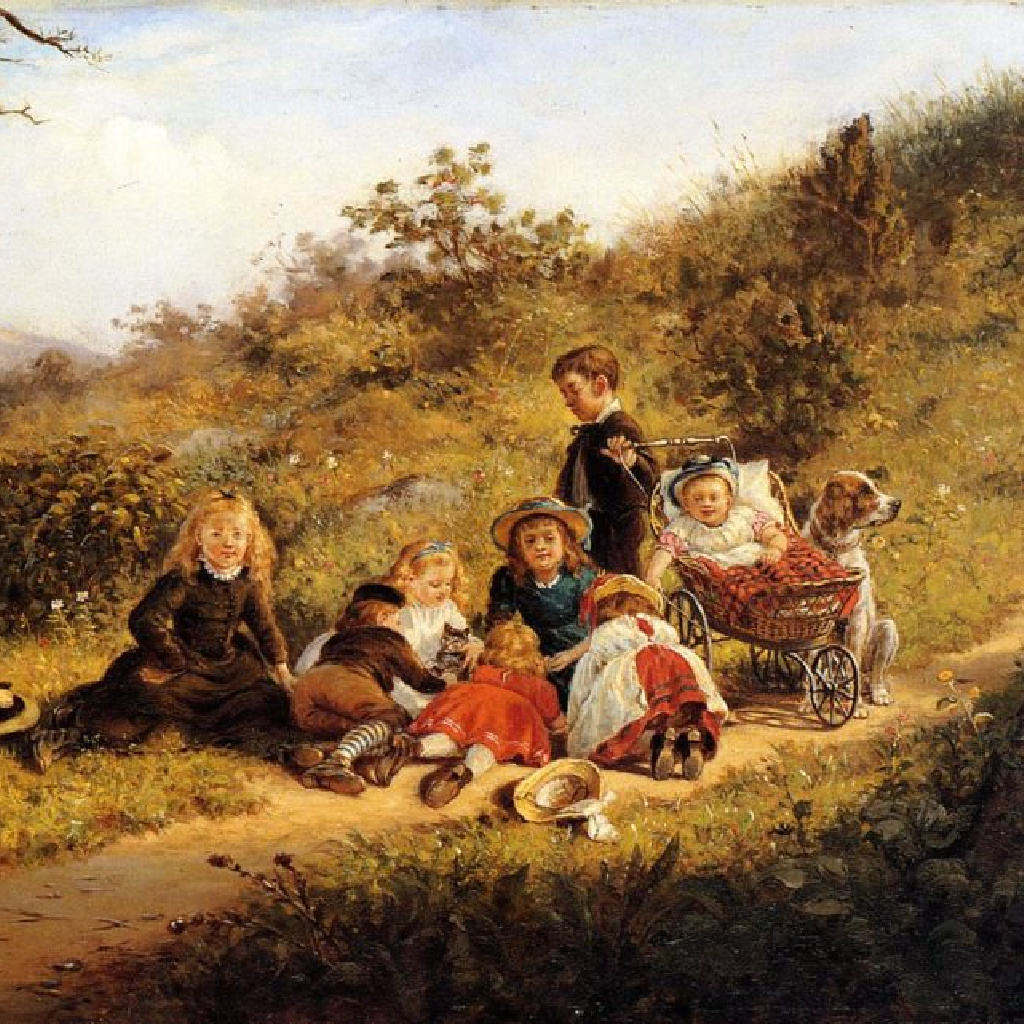In 2021, a Redditor wrote, “The CES Letter inspired me to change my entire life for the better.”
Jeremy Runnells, the letter’s author, was an online marketer. He grew up as a member of The Church of Jesus Christ of Latter-day Saints and said that in his youth he read only faithful Church sources. Yet as an adult he came across things that led him to a number of questions about the scriptures and leaders of his church. By his telling, however, when he sought to get these genuine concerns answered, he was only met with silence.
After Runnells shared this tale with the world, he became a popular figure on church-antagonistic podcasts and an online celebrity. His journey took off so far that his work even appeared in Spider-Man comic art.
Most of the people who were attracted to Runnells responded to this story, and only after to the specific questions. As YouTube commenter Miss Syrinxie explained to her audience, Runnells didn’t intend to write an exposé of the Church. He “had legitimate questions that he was seeking answers to. Why couldn’t anyone just honestly answer his questions? Obviously, it’s because no one has the answers.”
There was only one problem. That story isn’t true. Runnells made almost the entire thing up.
This is confirmed by a new analysis that Michael Peterson and Jacob Hess published last week: “Were these ever the sincere questions of an earnest truth seeker?” The investigation outlines ten different lines of evidence demonstrating the true origin of the letter.
When the CES letter was first published in April 2013, Runnells wrote that it was a list of sincere religious questions that originated from reading Church-approved sources, and which he sent to a director of a Latter-day Saint institute in the hope of finding answers to his questions to restore his faith. Yet, as demonstrated in this review of the available evidence, Runnells wasn’t sincere in posing these questions at all. This was a pretense intended to manipulate his audience into giving him more credence than he deserved.
Runnells was attempting to generate viral content with a letter to a senior church leader.
In fact, in July of 2012—many months prior to the letter being published—Runnells created a new Reddit account with the username u/kolobot that openly attacked the faith. The engagement of this user over the nine months before the first publication of the CES Letter tells a very different story about the origin of the letter.
By October 2012, Runnells was attempting through this anonymous profile to generate viral content with a letter to to a senior church leader. This letter, published on October 10, 2012, was titled “An Open Letter to Quentin L. Cook.” However, it was not widely read. In it, however, he runs down many of the matters he addresses in his future CES Letter. But in this letter, he stated the issues as assertions rather than questions.
He also stated in this letter that by this point, he considered himself an “apostate soul” and that this came about because of what he had “found on the evil internet.”According to his own account, Runnells’ disaffection from his faith began back in February 2012, when he began to read the Church-hostile apologetics of Grant Palmer, Jerald and Sandra Tanner, and material on the website MormonThink—all influential critics of Latter-day Saint beliefs.
It was primarily these sources that seeded his concerns. He even lifted language directly from Palmer’s book “Insiders Guide to Mormon Origins.” In November of 2012, Runnells’s anonymous u/kolobot username admitted that he had “left the church a few months ago.”
Runnells also added a “flair” to his Reddit username that read, “I’m on a tapir.” The tapir is a deeply embedded meme in anti-Latter-day Saint circles. His use of the tapir meme meant that by this time, he was familiar with questions about the authenticity of The Book of Mormon and had rejected the answers already provided by the Church and many faithful scholars to those questions.
After being out of the Church for at least six months, Runnells reached out to the r/exmormon community, asking for rebuttals to an argument that The Book of Abraham, a volume of Latter-day Saint scripture, was historical.
In January 2013, Runnells began advocating for people to leave his former faith on Reddit.
By March of 2013, Jeremy Runnells was not asking sincere questions he wanted an answer to—if he ever was. He had made a determination about his beliefs, had declared he had left, and was looking for help in undermining arguments that addressed his concerns so he could persuade others to leave.
Runnells’ path is certainly his own. Many people leave the faith traditions they grew up in, a trend that was prominent during Runnells’ departure from the faith but that has begun to decline. But as a professional marketer, and after his October letter didn’t gain traction, he likely knew that the familiar beats of his actual story didn’t have the pizzazz to go viral and encourage others to leave the Church as he wanted.
In March, his grandfather, a Latter-day Saint, had grown concerned about the status of Runnells’ faith. By this point, Runnells had already publicly disavowed his faith, but only under the online pseudonym.
His grandfather had a friend of his reach out to Runnells, a man who happened to be a Church institute director. He emailed him to ask about his disaffection. This circumstance provided Runnells with his opportunity. He could leverage the situation by using his communication with the CES director to give his essay a cloak of credibility, while creating a uniquely sympathetic narrative about his disaffiliation distinct from the actual timeline.
So Runnells, still under his pseudonym, reached out again to the r/exmormon community with a first draft, asking them for feedback and advice about the letter. When confronted about this public discrepancy later, Runnells claimed that he was only looking for “grammar” and “fact” correction. The record of these conversations, however, suggests more substantive suggestions that he integrated into his work.
Before the letter was released, it was already recognized in this online community of dissidents as a ruse. One Church-antagonistic Redditor responded, “This is a mini-thesis,” but added, “I love how this reads as a legit letter.” Runnells thanked the commenter.
The letter he wrote had a biting, dismissive tone, and he knew before publication that he was engaging in “machine-gunning,” a rhetorical technique of overwhelming the listener with accusations.
In writing the letter, Runnells knew the CES director would read it, but just days after release, he admitted to friendly sources that he “didn’t write this for the CES guy.” Later that year, again to a friendly audience, he admitted the letter was written for TBMs—an acronym meaning either True Believing Mormons or Totally Brainwashed Mormons. And in 2015, after formally withdrawing his membership to avoid excommunication, he said, “The target audience is the fence-sitters.”
After finishing the letter, he published it first on Reddit with instructions “to give to your TBM loved ones” before even sending it to the CES director.
Whatever you believe about the substance of Runnells’ accusations, the history of the letter is clear—this was not a sincere search for answers but a savvy, calculated effort to undermine faith.
Simply put, the popular narrative that Runnells has promoted, both in the letter and on the website devoted to distributing it, that the letter to the CES director was written by someone who still identified as a church member, had discovered these questions largely through sources Latter-day Saints accept, and was only shared publicly after he failed to receive answers to his questions is a fabrication.
Only days after sending the letter, Runnells personally coordinated with Tom Phillips to publish the letter on Phillips’ Church-antagonistic website, MormonThink. The history of the letter is not a sincere search for answers.
In the days after the publication of his letter, many Latter-day Saints taken in by his narrative began to answer his questions since his story appeared to be sincere. In writing answers to the questions, Michael Ash wrote, “I don’t doubt that the author of the CES Letter is sincere … with sincere hopes of helping other people get out of the same situation.”
Similarly, Jonathan Cannon wrote that the essay came from Runnells’ “real, lived experience.” And Jim Bennett said, “I think Jeremy Runnells is an honorable, good guy … And I think [he] came to his position from a place of integrity.”
Each of these respondents gave Runnells the benefit of the doubt that the story around the letter was true. He misled them—as he did so many others.
Despite Runnells claiming he was looking for answers, and despite the fact that those providing them were giving him the benefit of the doubt, doing so in good faith, Runnells responded with personal attacks and threats, in one case deriding their “pompous arrogance” and threatening to kick their “a**.”
In the years since, Runnells has continued to promote his letter. While today it is still titled and formatted as a letter, 43% of the material in it today was never sent to the CES director to see or respond to. He continues to display high-quality designs and a logo and has even translated the letter into several other languages after claiming that he never intended to disseminate it.
Much time and attention have been given to addressing the questions that Runnells poses. But something else was never addressed, because it wasn’t even in people’s awareness. As this investigation confirmed, the foundational story of the letter itself, the story that has so effectively convinced readers to give serious attention to what this man insisted were his sincere “questions,” was simply never true.
In an August 9, 2024, presentation examining the new evidence, acclaimed historian Steven C. Harper concluded, “The author was not an honest truth seeker. As many many people have done, I took for granted that he was who he said he was. … I was one of many, who knows how many thousands, who read the CES letter and wanted to wrap my arms around Jeremy Runnels and say, ‘man that sucks, I wish that stupid CES guy had been better to you.’ And that’s just not what happened. That’s not the truth.”
Michael Peterson and Jacob Hess’s in-depth investigation into the history of the CES Letter is available linking here to the substack Publishing Peace. An updated version was released August 13.
Editor’s Note: The article has been updated to reflect an update to reference the publication date of the latest version of the article.

















